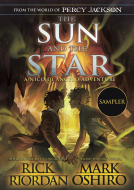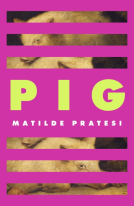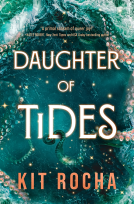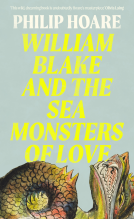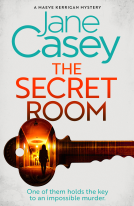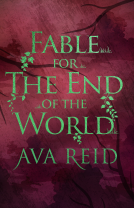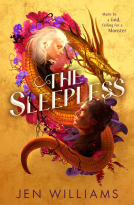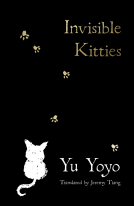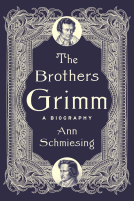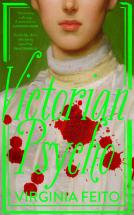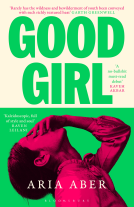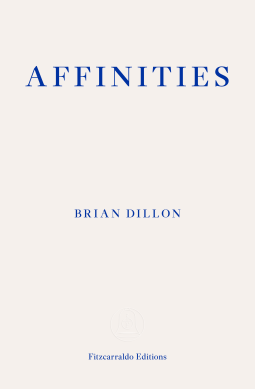
Affinities
by Brian Dillon
This title was previously available on NetGalley and is now archived.
Send NetGalley books directly to your Kindle or Kindle app
1
To read on a Kindle or Kindle app, please add kindle@netgalley.com as an approved email address to receive files in your Amazon account. Click here for step-by-step instructions.
2
Also find your Kindle email address within your Amazon account, and enter it here.
Pub Date 16 Feb 2023 | Archive Date 9 Feb 2023
Talking about this book? Use #Affinities #NetGalley. More hashtag tips!
Description
In Affinities, Brian Dillon explores images and artists he is drawn to or loves, and tries to analyze the attraction.
What do we mean when we claim affinity with an object or picture, or say that affinities exist (not only formal) between such things? What do feelings of affinity imply about individual or collective experience of art, and of the world?
The word ‘affinity’ used to mean an attraction of opposites, between chemical elements. In his Elective Affinities, Goethe used the idea to think about the orbits and collisions of love. In the poetry and essays of Baudelaire, the writings of Walter Benjamin and Aby Warburg, the art of Tacita Dean and Moyra Davey, a partly buried history of affinity can be found.
Affinities is a critical and personal study of a sensation that is not exactly taste, desire, or allyship, but has aspects of all. Approaching this subject via discrete examples, this book is first of all about images – mostly photographs – that have stayed with the author over many years, or grown in significance during months of pandemic isolation, when the visual field had shrunk.
Some of these are historical works by artists such as Julia Margaret Cameron, Dora Maar, Claude Cahun, Samuel Beckett and Andy Warhol. Others are more or less obscure scientific or vernacular images: sea creatures, migraine auras, astronomical illustrations derived from dreams. Also family photographs, film stills, records of atomic ruin. And contemporary art by Rinko Kawauchi, Susan Hiller and John Stezaker.
Written as a series of linked essays, interwoven with a reflection on affinity itself, Affinities completes a trilogy, with Essayism and Suppose a Sentence, about the intimate and abstract pleasures of reading and looking.
Advance Praise
‘Dillon is a mournful, witty and original writer.’
— Parul Sehgal, New York Times
‘Dillon is a literary flaneur in the tradition of Baudelaire and Walter Benjamin.’
— John Banville, Irish Times
‘Brian Dillon is one of the true treasures of contemporary literature – a critic and essayist of unmatched style, sensitivity and purpose.’
— Mark O’Connell, author of Notes from an Apocalypse
Available Editions
| EDITION | Paperback |
| ISBN | 9781804270165 |
| PRICE | £10.99 (GBP) |
Featured Reviews
What a smart and thoughtful writer Dillon is! This book would be especially good for readers (unlike me!) who are as at home with visual images as they are with texts as this collection of essays explores the affinities between media with nuance and an accessible complexity.
While this is not an academic book, it does draw on academic theory (think Barthes, Sontag and so on, writers who have theorised visuality) but isn't weighed down with either footnotes (there is a list of illustrations at the back) or with the burden of an argument. The writing is more free-flowing, making unexpected connections and I especially loved the range of images from seventeenth century engravings to late Victorian photographic portraits to modern images. Divided up into fairly short pieces, this is perfect for dipping into for some intellectual but not dull companionship on the commute.
Elegantly written and thoughtfully considered. I suspect I’ll be thinking on this one for quite some time to come.
Affinities is a wondrous collection of short, intimate essays by Brian Dillon exploring his fascination with the visual arts, completing his trilogy on Essays, Sentences, and Images. In Affinities, Brian Dillon analyses a selection of images, finding tangible connections between the image he sees and the image that reflects back in his mind, offering meticulous analysis that moves between sentiment and circumstance.
Continuing a theme found in his previous books, "Essayism" and "Suppose a Sentence," Dillon evanesces on the idea of "affinity" through his impassioned interpretations of images and photographs, from historical artworks to film stills to obscure scientific illustrations, and ruminates on the abstract pleasure of experiencing art. He adorns his interrogation with personal passages, conjuring up memories of empty streets in lockdown, migraine auras in childhood, and even a postcard he found and used as a bookmark, cataloging his own affinity with the images and ultimately finding an affinity between literary criticism and memoir.
In one essay, Dillon dissects the photography of Virginia Woolf's eccentric great aunt, Julia Margaret Cameron, focusing on the composition and lighting of a portrait of Woolf's mother that bears a striking resemblance to images of Woolf herself, before reflecting on Cameron's more famous subjects—Charles Darwin and Alfred Tennyson—and examining the medium and process she used with astute attention to detail.
In Four Stars, he considers Andy Warhol's "Outer and Inner Space," his "sometimes favourite" work of art, and examines the morbid portrayal of Edie Sedgwick's identity, both "the superstar's appearance and her interiority," leaving the lingering question: which of the four images represent her internal and external selves? A similar distinction can be made in Taylor Swift's album, "reputation," an affinity I've drawn up myself, in which she divulges the pitfalls of fame through a satirisation of her public image. Swift performs as the character forged for her by the public, a cold and calculated, vengeful ex-girlfriend, embodying the persona stamped all over the media. She wears her reputation like armour in the lines "I bury hatchets, but I keep maps of where I put them," and "I’ve got a list of names, and yours is in red, underlined," but her insecurities permeate in the final desperate plea, "Please don't ever become a stranger whose laugh I could recognize anywhere." Swift seized the narrative with "reputation," refused to provide an explanation, and in the process, fused her interior and exterior selves into one.
Throughout Affinities, Dillon indulges his own enthusiasm for finding affinities, weaving through a myriad of subjects, a patchwork of art forms and mediums, confessing it's a "habit of the critic and essayist and one [he] cannot give up." At one point, he questions the intention behind his essays, criticizing his lack of an argument or proposal, but his thematic response is more than sufficient. He writes to feed his craving for the "dream state"—the pleasure of being immersed in art and the thrill of chasing a tangent through a tunnel down to its end—over and over. Dillon presents his thoughts with elegance and intensity, providing context with references to readings and his inspiration throughout, all while maintaining accessibility for those unfamiliar with the source texts and images.
There is a nostalgic quality to the precision with which Dillon recalls the exact moment he first encountered an image or photograph. The evocative images in his mind become just as important as those being dissected on the page, elevating his essays to a meditation on memory and human sentiment as much as they are on affinities. The images he observes are not chosen for any historical significance, but for the way they cannot escape his inquiry; they seek his focus as much as he seeks theirs. Dillon's appreciation for looking and reading is resonant; there is a distinct power in his gaze and an undeniable intelligence to his unique stream of consciousness.
Combining curiosity with scholarly interpretation, Affinities is an analytical and intimate response to literature and art, ideal for readers of Susan Sontag and Maggie Nelson.
Readers who liked this book also liked:
Rick Riordan; Mark Oshiro
Children's Fiction, LGBTQIA, Teens & YA
